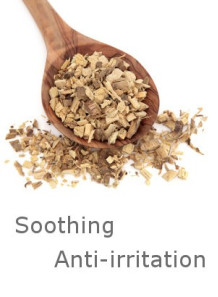Glycyrrhetinic acid (Enoxolone)
- Product Code: 930
Glycyrrhetinic Acid (enoxolone) extracted from Licorice or licorice plant, acts as an anti-irritant. (anti-irritation) and reduce inflammation (anti-inflammation) of the skin
- -
- -
- -
- -
- -
- -
- -
- -
- -
- -
- -
- -
- -
- -
- -
- -
- -
- -
| Test Name | Specification |
|---|---|
| Appearance | White or almost white crystalline powder |
| IR Absorption | Complies |
| Thin Layer Chromatography | Complies |
| Color reaction | Pink colour |
| Appearance of solution | Clear and not more intensely coloured than reference solution |
| Heavy metals | 20ppm Max |
| Loss on drying | 0.5% Max |
| Sulphated Ash | 0.2% Max |
| Related substances (Total) | 2.0% Max |
| Related substances (Impurities) | 0.7% Max |
| Specific optical rotation | +145 - +154 (dried subtances) |
| Residual ethanol | 0.5% Max |
| Assay (potentiometry) | 98.0-101.0% |
Glycyrrhetinic Acid (Type 18b), often called enoxolone, is extracted from Licorice or the licorice plant. It has anti-irritant effects. (anti-irritation) and reduce inflammation (anti-inflammation) of the skin
Results of in-vitro experiments:
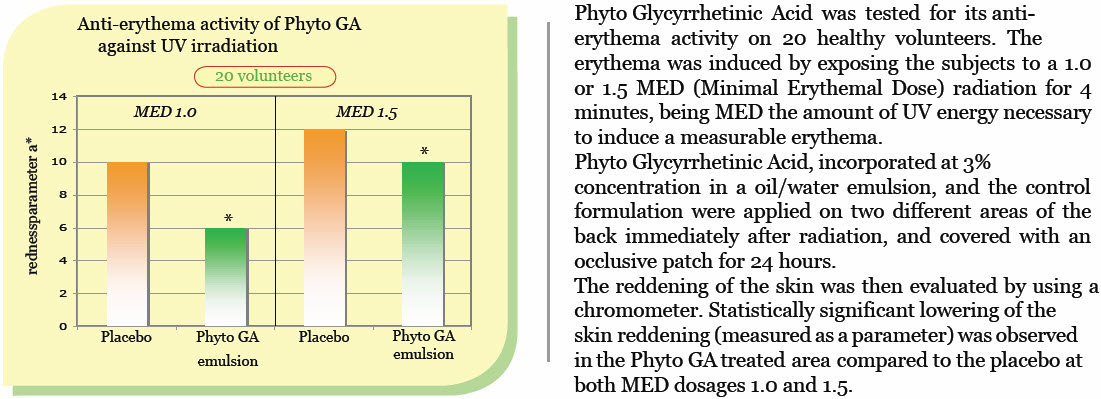
From an experiment measuring Peroxidase activity, which indicates the level of skin inflammation, it was found that when Phyto Glycyrrhetinic Acid was used, it was able to reduce Peroxidase activity by up to 75% compared to a control group that did not use it.

Usage: Can be used in all types of skin care products.
How to mix: Mix in Glycol to dissolve. Using heat of 60-70 degrees to help dissolve and then add cement to the formula.
Usage rate: 0.1-3% (recommended 1%)
Product appearance: white/light color powder
Solubility: Can be dissolved in Ethanol , Propylene glycol , Ethoxydiglycol , Butylene Glycol , Glycerin using heat of 60-70 degrees to help dissolve.
Storage: For long-term storage Store in the refrigerator. Do not expose to light or heat. Seal the lid tightly. Shelf life is at least 4 years. *Light will cause Glycyrrhetinic Acid to degrade faster. Please avoid light*
INCI Name : Glycyrrhetinic Acid (Type 18b)
Examples of products used Glycyrrhetinic Acid is a component in the formula.
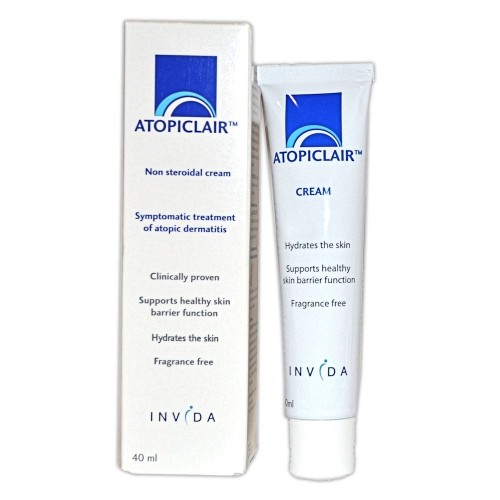
Atopiclair - Cream for treating allergic skin problems (Atopic Dermatitis)
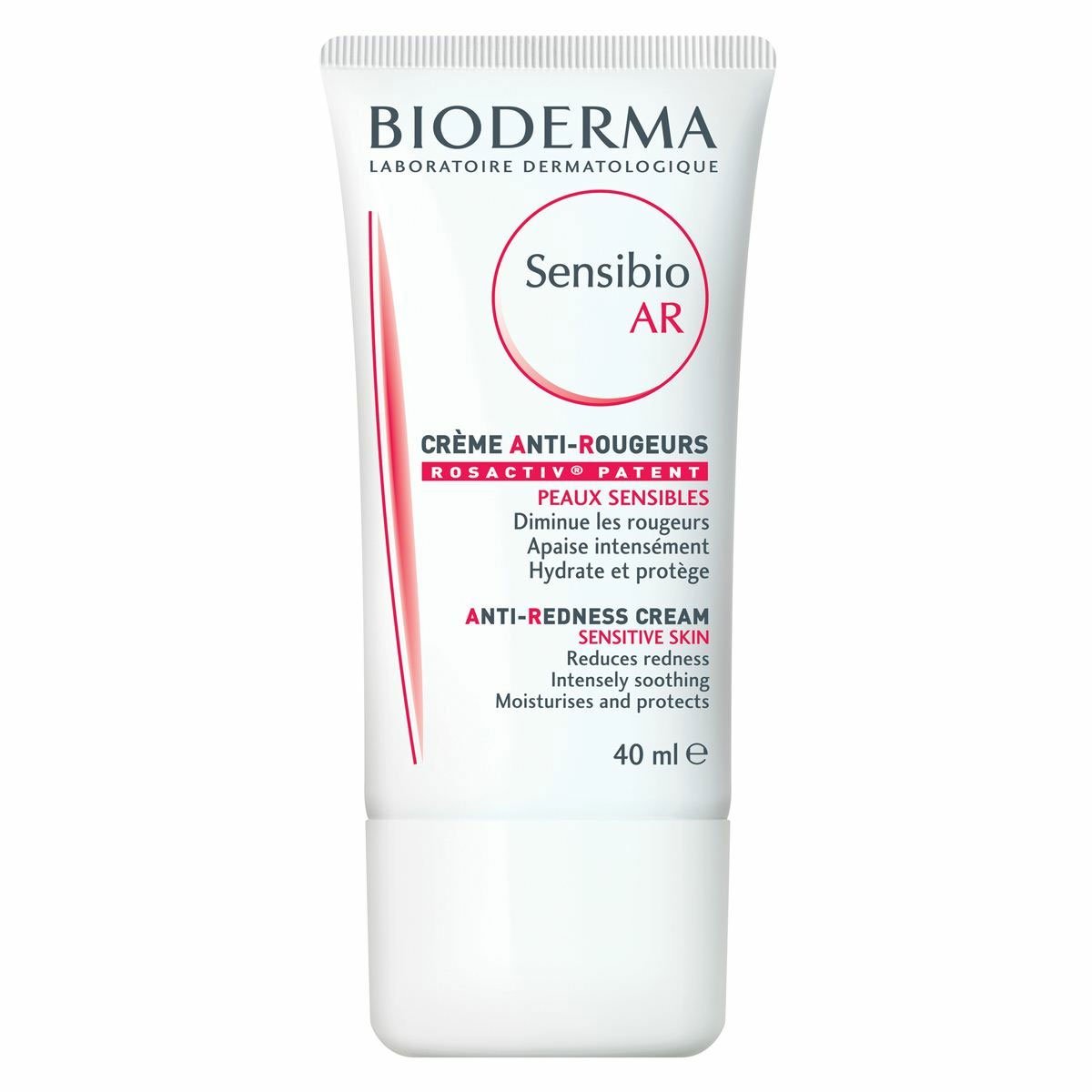
Bioderma Sensibio AR Cream - Cream to prevent and relieve redness/inflammation of the skin.
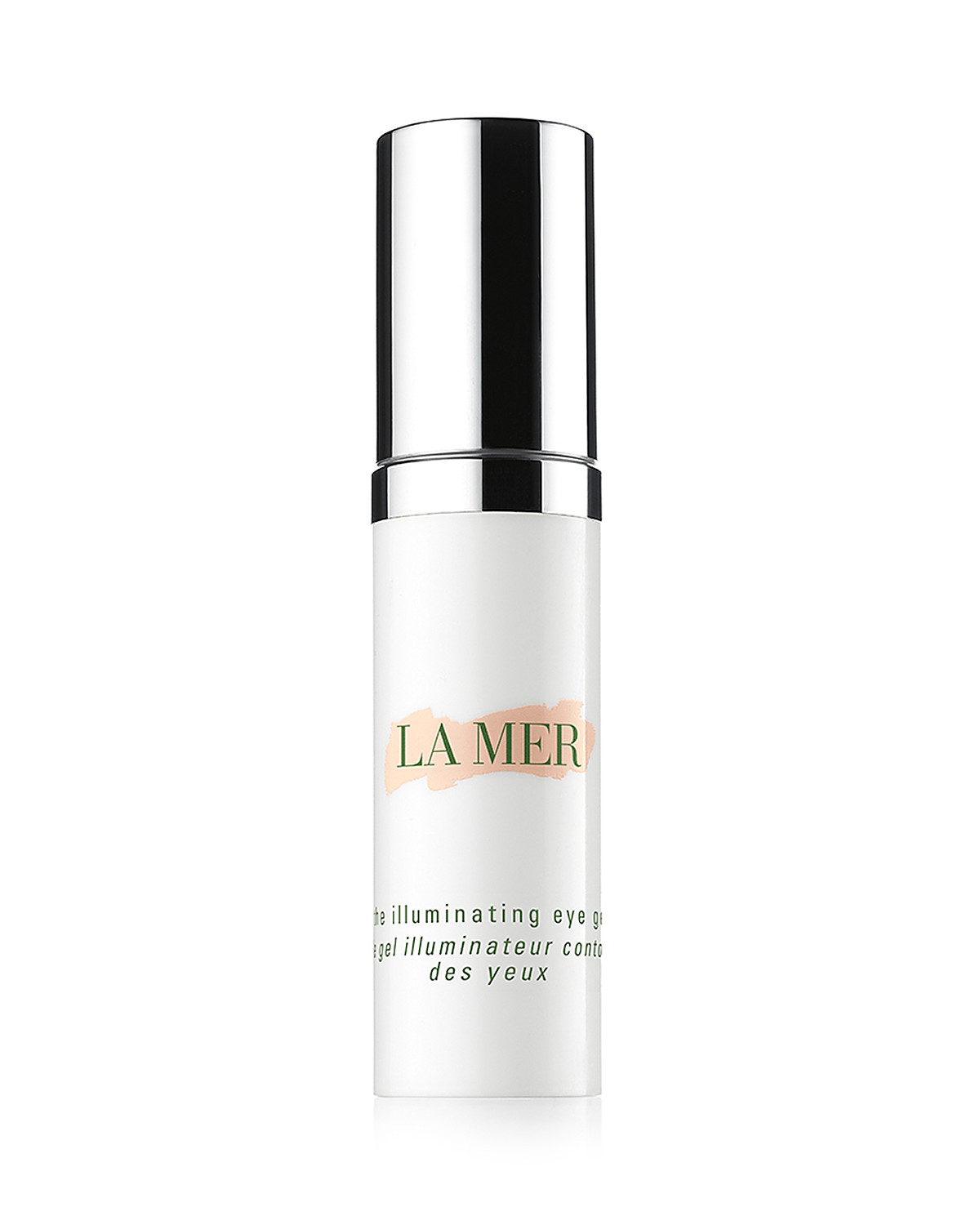
LA MER Illuminating eye gel
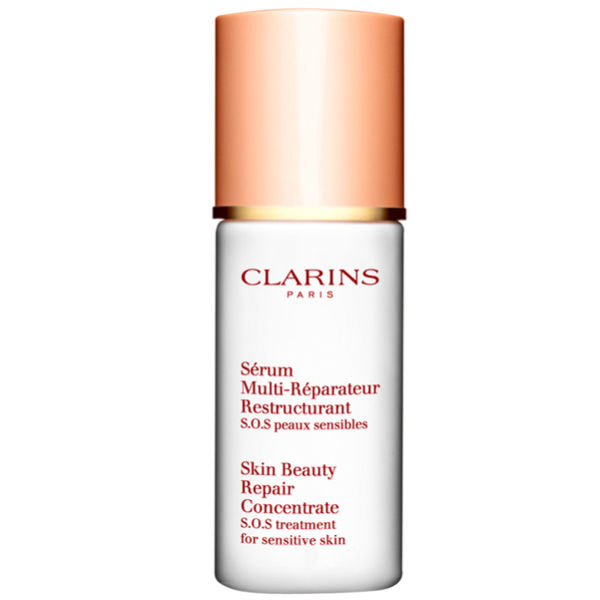
Clarins Skin Beauty Repair SOS treatment
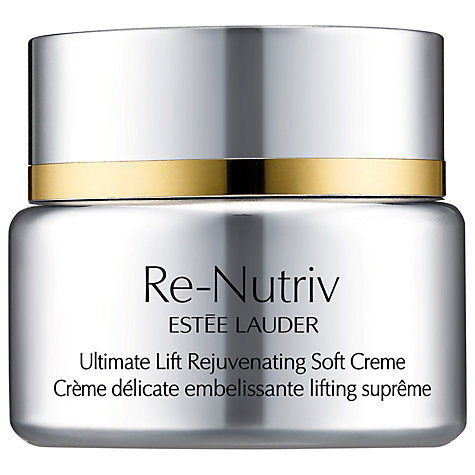
Estee Lauder Re-Nutriv Ultimate Lift Rejuvenating Soft Creme
Be the first to review this product :-)
Recent dicussion threads:
- › 2023-08-19 Ask staff, can this recipe be mixed?
- › 2023-08-01 Check the ingredients (the team doesn't have to answer)
- › 2023-07-14 Check the ingredients, don't answer.
- › 2022-12-22 Check the ingredients. The team doesn't have to answer.
- › 2020-07-15 ask to check ingredients The team doesn't have to answer.
Example recipes using this ingredient:
- › lock_outlineSkin Barrier Cream
- › lock_outlineSalicylic Acid Gel, For Oily-Skin
- › lock_outlineA-C-E Serum by Khunchinz
- › lock_outlineRetinal serum
- › lock_outlineTXC Hydro White Concentrate
- › lock_outlineApple Extract Peptide Serum by namcytle
- › lock_outlineMoisturizer Cream (Preservative-Free)
- › lock_outlineMoisturizing Cream
- › lock_outlineUltimate white concentrate serum
- › lock_outlineSoothing Nourishing Moisturizer
- › lock_outlinekari acne gel cream
- › lock_outlineRetinal Booster
- › lock_outlineVit A plus serum
- › lock_outlinekari acne 2
- › lock_outlineBUAELYN Facial Conc
- › lock_outlineRetinal Serum
- › lock_outlineB U A E L Y N moisture bright emulsion
- › lock_outlineRetinal complex serum
- › lock_outlinenour
- › lock_outlinesuper barrier
- › lock_outlineSuper Protective BabeeSkin
- › lock_outlineNight serum
- › lock_outlineRetinal serum
- › lock_outlineBlue Universal peel daily toner
- › lock_outlineAge Resist Acne and Oily Care LC 2022.11
- › lock_outlineRich Gel Cream Face Moisturizer
Recommend Lab-Service
| Lab Service | Price |
|---|
Glycyrrhetinic Acid (enoxolone) extracted from Licorice or licorice plant, acts as an anti-irritant. (anti-irritation) and reduce inflammation (anti-inflammation) of the skin
Glycyrrhetinic Acid (Type 18b), often called enoxolone, is extracted from Licorice or the licorice plant. It has anti-irritant effects. (anti-irritation) and reduce inflammation (anti-inflammation) of the skin
Results of in-vitro experiments:

From an experiment measuring Peroxidase activity, which indicates the level of skin inflammation, it was found that when Phyto Glycyrrhetinic Acid was used, it was able to reduce Peroxidase activity by up to 75% compared to a control group that did not use it.

Usage: Can be used in all types of skin care products.
How to mix: Mix in Glycol to dissolve. Using heat of 60-70 degrees to help dissolve and then add cement to the formula.
Usage rate: 0.1-3% (recommended 1%)
Product appearance: white/light color powder
Solubility: Can be dissolved in Ethanol , Propylene glycol , Ethoxydiglycol , Butylene Glycol , Glycerin using heat of 60-70 degrees to help dissolve.
Storage: For long-term storage Store in the refrigerator. Do not expose to light or heat. Seal the lid tightly. Shelf life is at least 4 years. *Light will cause Glycyrrhetinic Acid to degrade faster. Please avoid light*
INCI Name : Glycyrrhetinic Acid (Type 18b)
Examples of products used Glycyrrhetinic Acid is a component in the formula.

Atopiclair - Cream for treating allergic skin problems (Atopic Dermatitis)

Bioderma Sensibio AR Cream - Cream to prevent and relieve redness/inflammation of the skin.

LA MER Illuminating eye gel

Clarins Skin Beauty Repair SOS treatment

Estee Lauder Re-Nutriv Ultimate Lift Rejuvenating Soft Creme
| Mechanism | - |
| Appearance | - |
| Longevity | - |
| Strength | - |
| Storage | - |
| Shelf Life | - |
| Allergen(s) | - |
| Dosage (Range) | - |
| Recommended Dosage | - |
| Dosage (Per Day) | - |
| Recommended Dosage (Per Day) | - |
| Mix Method | - |
| Heat Resistance | - |
| Stable in pH range | - |
| Solubility | - |
| Product Types | - |
| INCI | - |
Cart
No products



